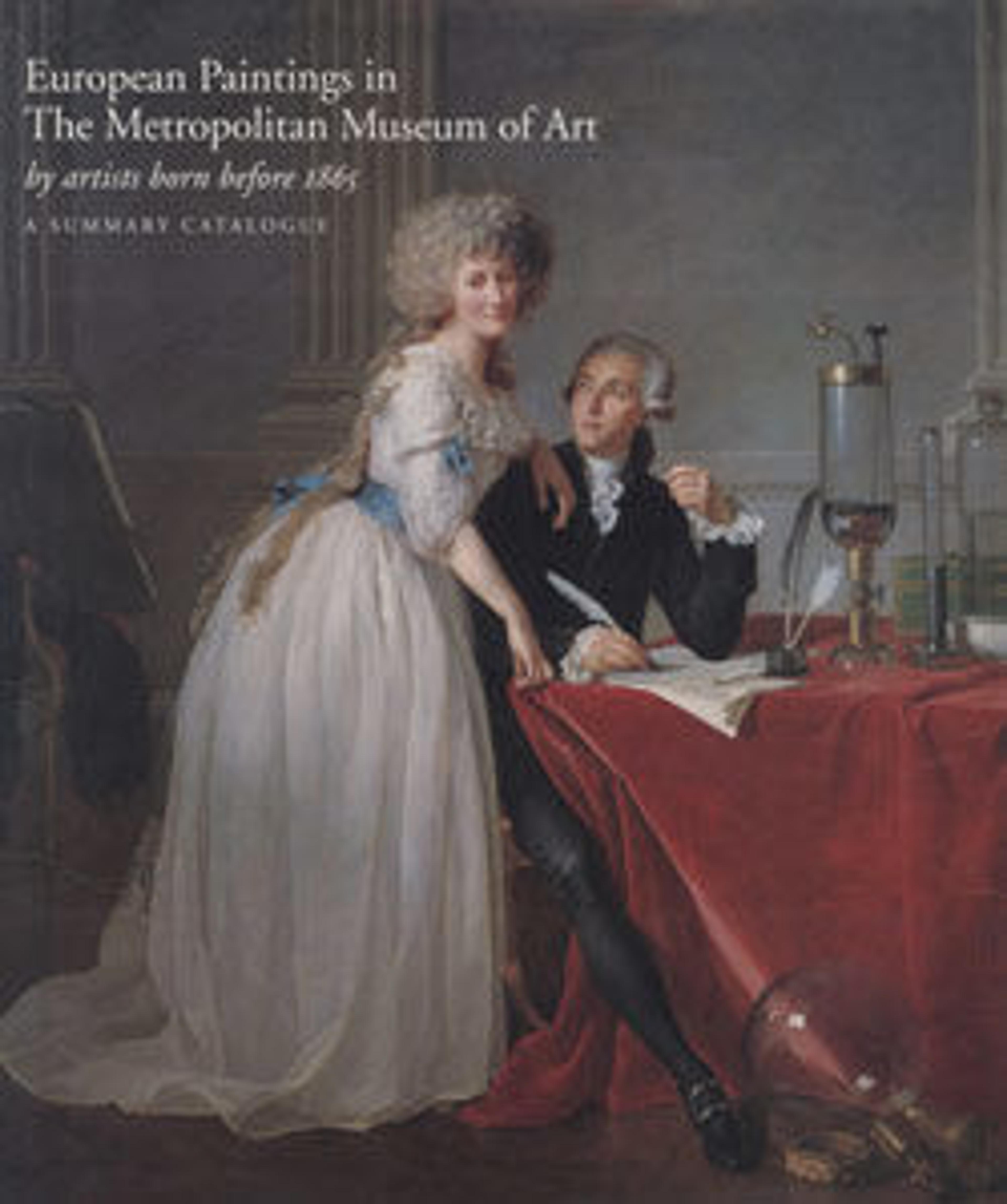The Miraculous Communion of Saint Catherine of Siena
These three panels belong to a series from the base (predella) of a large altarpiece and constituted the first extensive narrative cycle of Catherine of Siena, a Sienese mystic as well as minister to the poor and plague-stricken. They were commissioned after her canonization in 1461 and are based on the biography written by her confessor, Raymond of Capua. Among the most notable features is the way space is manipulated to enhance the mystic character of their subject. Two further scenes are in The Met (Robert Lehman Collection). For more information about these paintings, including detailed descriptions of the stories, visit metmuseum.org.
Artwork Details
- Title:The Miraculous Communion of Saint Catherine of Siena
- Artist:Giovanni di Paolo (Giovanni di Paolo di Grazia) (Italian, Siena 1398–1482 Siena)
- Medium:Tempera and gold on wood
- Dimensions:11 3/8 x 8 3/4 in. (28.9 x 22.2 cm)
- Classification:Paintings
- Credit Line:The Friedsam Collection, Bequest of Michael Friedsam, 1931
- Object Number:32.100.95
- Curatorial Department: European Paintings
More Artwork
Research Resources
The Met provides unparalleled resources for research and welcomes an international community of students and scholars. The Met's Open Access API is where creators and researchers can connect to the The Met collection. Open Access data and public domain images are available for unrestricted commercial and noncommercial use without permission or fee.
To request images under copyright and other restrictions, please use this Image Request form.
Feedback
We continue to research and examine historical and cultural context for objects in The Met collection. If you have comments or questions about this object record, please contact us using the form below. The Museum looks forward to receiving your comments.
